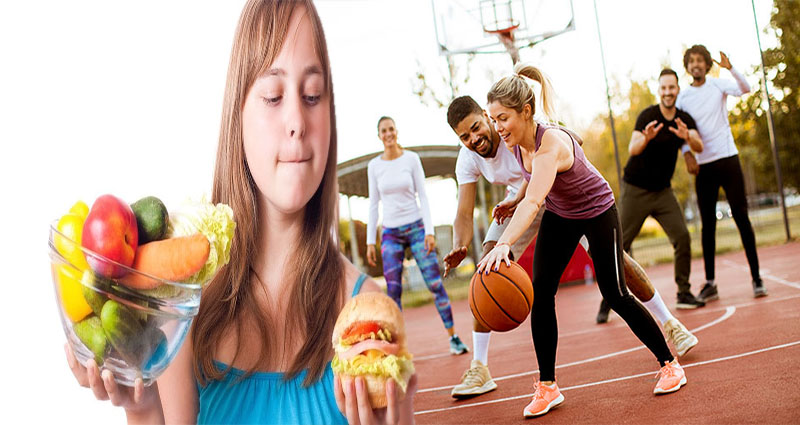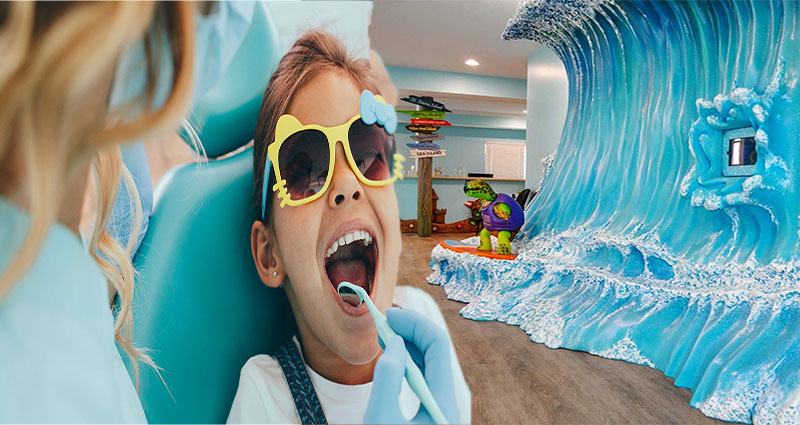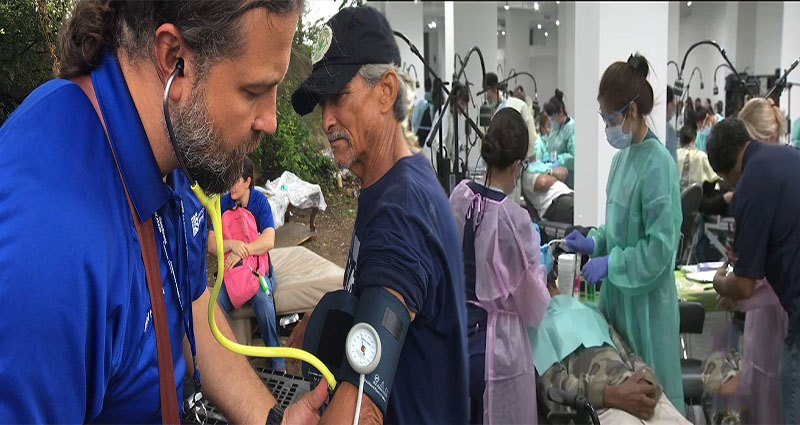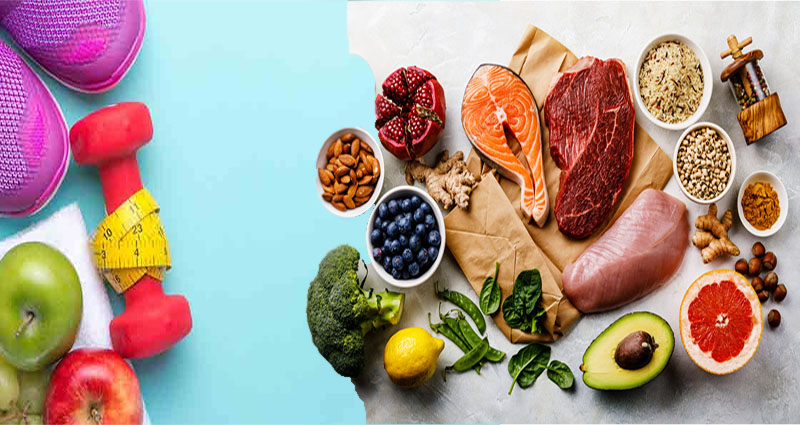Physical Activity and Eating Habits
A recent study has identified the link between physical activity and eating habits. A report by Italian researchers found that during the COVID-19 pandemic, physical activity declined significantly. The researchers found that mandated restrictions and social distancing reduced regular physical activity. Furthermore, there was an increase in meals consumed. Although the correlation between physical activity and healthy eating habits is not clear, the authors suggest that the association between physical activity and eating habits can be improved with more research.
Impact of COVID-19 pandemic on fruit consumption
The COVID-19 pandemic impacted food distribution around the world. The global lockdown on food distribution has affected the consumption of fruits and vegetables. According to an international survey, dietary changes were affected more by personal preferences than specific COVID-19 restrictions. While some participants reported increases in vegetable consumption, others reported decreases. In both cases, they reported switching from fresh to frozen or canned … Read more











